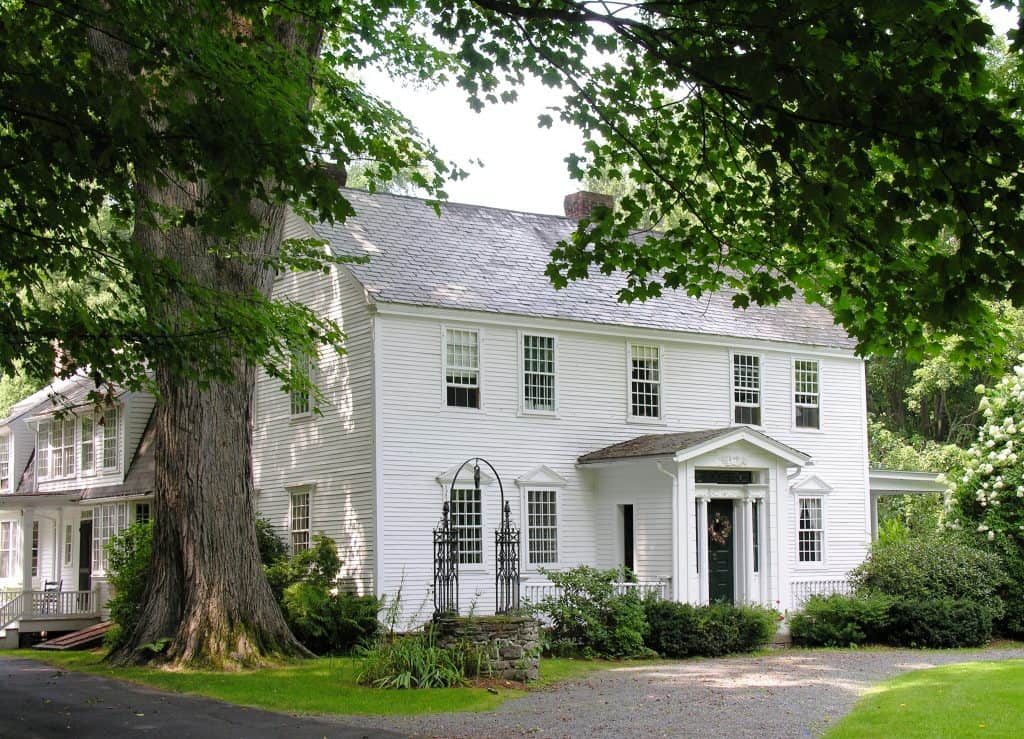What To Consider If You Are Buying An Historic Home
You’ve fallen in love with an old Victorian house and want to bring her back to her glory days. With dreams of starting the next row of “painted ladies,” you close the deal.
You may already have some ideas of things you want to do to your new home, but before you make any changes to the structure itself, do a little research and make sure you have the answers to these three questions:
1. Is your home designated as historic – part of a state or federal historical building or neighborhood registry? If so, you may have to adhere to a number of regulations and be subject to some historical preservation oversight in order to update the home.
2. How extensive do you want the updates to be? Do you plan to “take it back to the studs,” or simply do some cosmetic work like refinishing floors?
3. How authentic do you want the renovations to be? The more accurate the details, such as spindle banisters and egg and dart moldings, the higher the cost in materials and labor.
Your home and its state of repair may dictate which course of action you choose. For example, if your home has serious structural damage or decay, then preservation may not be possible. However, you’ll still be able to reconstruct and renovate.

Not sure if you should preserve, restore or renovate? Here are a few definitions that may help you form a plan:
Preservation means restoring and using the building for its original purpose, with as much of the original features and décor saved as possible.
Restoration means tearing out improvements made over time that don’t reflect the original age and style of the home, and then repairing those areas to closely match the original size, shape, color, etc.
Reconstruction means making major changes to the floor plan such as adding new rooms and dramatically altering and repurposing parts of the home.
Renovation or remodeling freshens the look of the home using modern materials such as updating an older kitchen with custom cabinetry, farm sinks and granite countertops.
Before you begin, find out if there are any local or state subsidies for historic preservation for homes in your area. You could get tax breaks and special home improvement loans or other assistance. Contact your local tax assessor-collector for more information, or your local housing authority.
The National Trust for Historic Preservation has some excellent resources for homeowners of older or historic homes. Also, check out historicproperties.com and thisoldhouse.com for more information.
Are you looking to buy your dream home in Worcester County, Massachusetts?
If you are a home buyer, our foremost goal is to provide you with exceptional customer service. Our goals are to help you purchase the right home, make sure you don’t miss out on any homes that meet your needs, and make sure you don’t pay too much for your next home. Please utilize our Worcester County real estate expertise to make your home search and buying experience as stress free and rewarding as possible.
Search Available Worcester County Properties
A Bit About Worcester County, Massachusetts
Worcester County was formed from the eastern portion of colonial Hampshire County, the western portion of the original Middlesex County and the extreme western portion of the original Suffolk County. When the government of Worcester County was established on April 2, 1731, Worcester was chosen as its shire town (later known as a county seat).
Relocation Information
Are you thinking about relocating to Worcester County, Massachusetts? I can help you find the perfect home and make your move as stress-free as possible. I can offer valuable insight about the area to help you through your home buying experience. Contact Me at 978-422-8181.
Are you thinking about buying or selling in Worcester County, Massachusetts?
I am a local expert and am here to help guide you through your home buying or selling experience.




